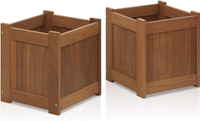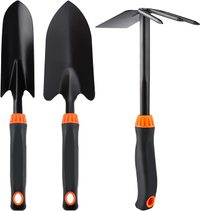This lesser-known gardening trick will make your potted trees look a thousand times better – and it suits every backyard
If you want to maximize every inch of your planters this spring, consider giving underplanting a try
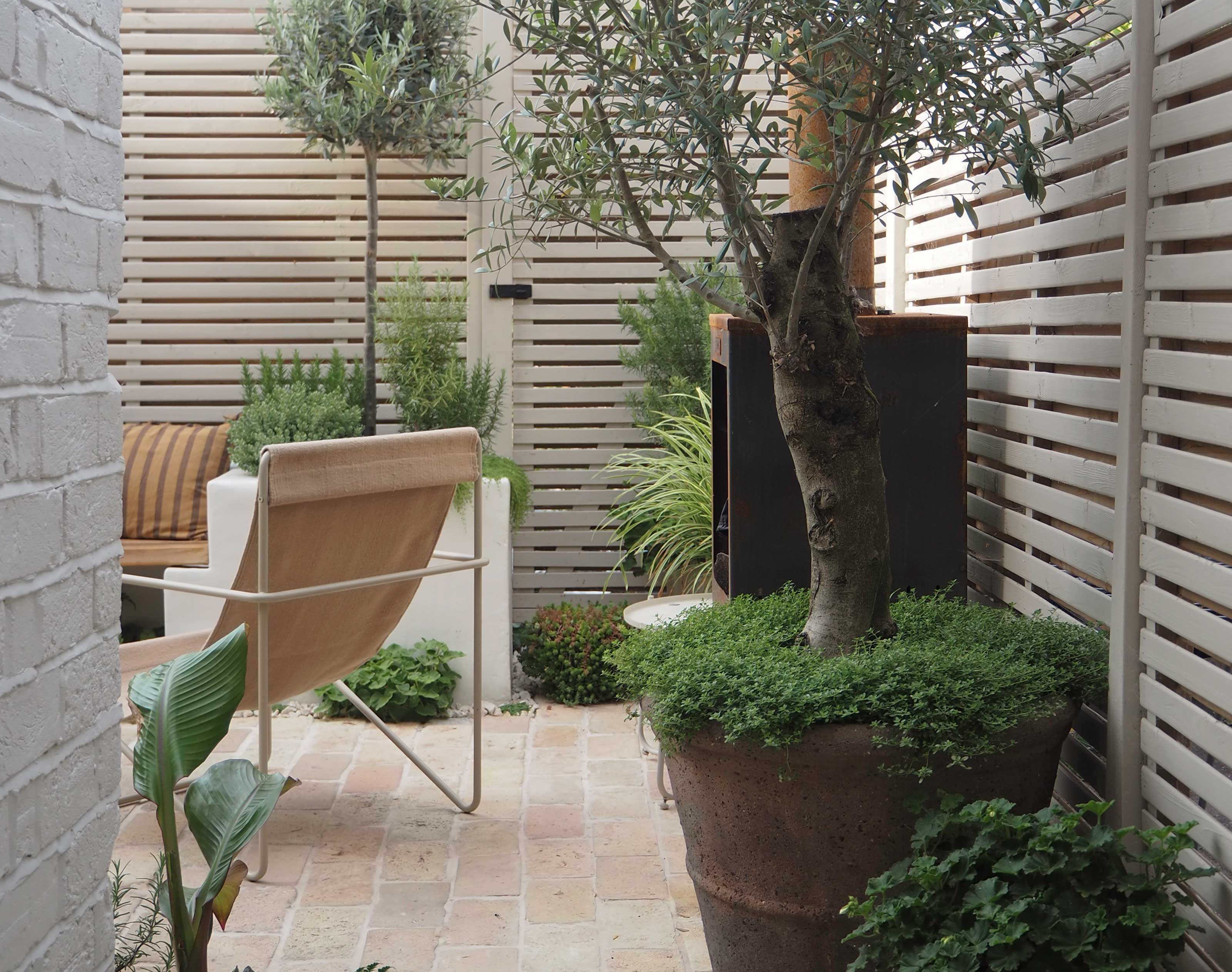

You don't need to be an expert gardener to decorate your backyard with flowers and shrubs, but when it comes to elevating your space beyond the basics, getting to grips with underplanting is a good place to start. This clever little landscaping idea is the simplest way to add more visual interest to your planters, and it also comes with some practical benefits too.
As the name suggests, underplanting involves adding smaller flowers, shrubs, or groundcovers beneath larger plants or trees to add color and variety to your backyard. While it refers more widely to gardens in general, the easiest and most effective way to embrace the idea is within containers, making it possible no matter the size of your outdoor space. The practice simply involves adding a variety of complementary plant species in the space beneath your planter’s primary plant, and we're here to tell you how.
To learn more about this beautifully simple backyard idea and how to incorporate it ourselves, we spoke with some expert gardeners. From which plants to use to their various practical and aesthetic benefits, here's what they had to say.

Lilith is an expert at following news and trends across the world of interior design. She's committed to helping readers make the best choices in their homes (and backyards) through sharing practical tips and guides. In this article, she speaks with expert gardeners to learn why the underplanting gardening technique is perfect for your planters
What is underplanting?
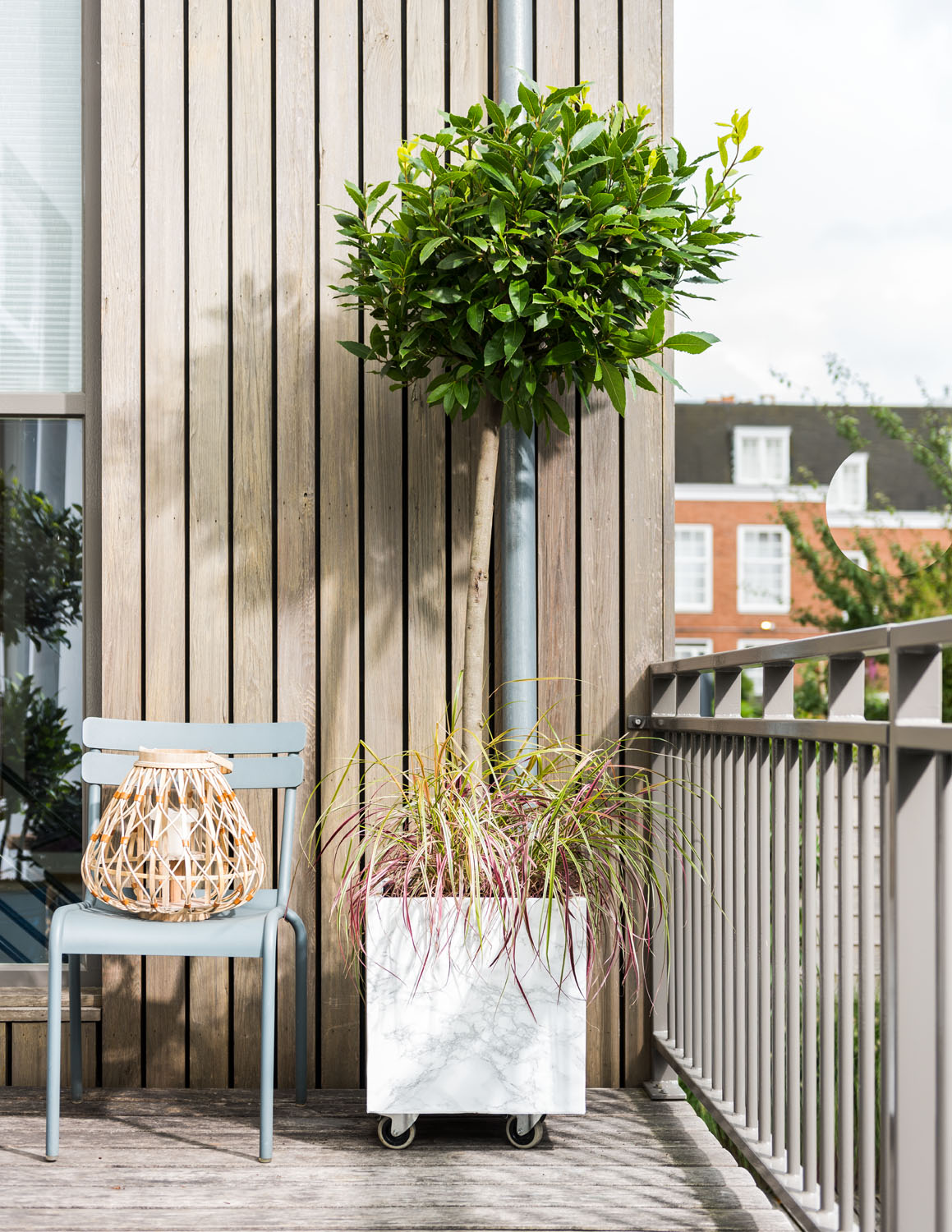
'Underplanting is the practice of planting smaller plants, often low-growing perennials, beneath larger trees or shrubs,' says Reese L Robins, gardening expert at Just Pure Gardening. 'These smaller plants can help to fill in the gaps in your garden and create a more lush, layered look.'
Whether you have box trees in containers on your front porch or small shrubs in pots around your patio, you can use underplanting to add some visual interest to the lower part of your planter. 'This effective and underrated technique involves planting smaller, complementary plants under larger, focal plants,' says Barry Gray, founder of The Tools Square. 'It can help to create a cohesive and harmonious look in your garden and also provide a range of practical benefits to plant health.'
What are the benefits?
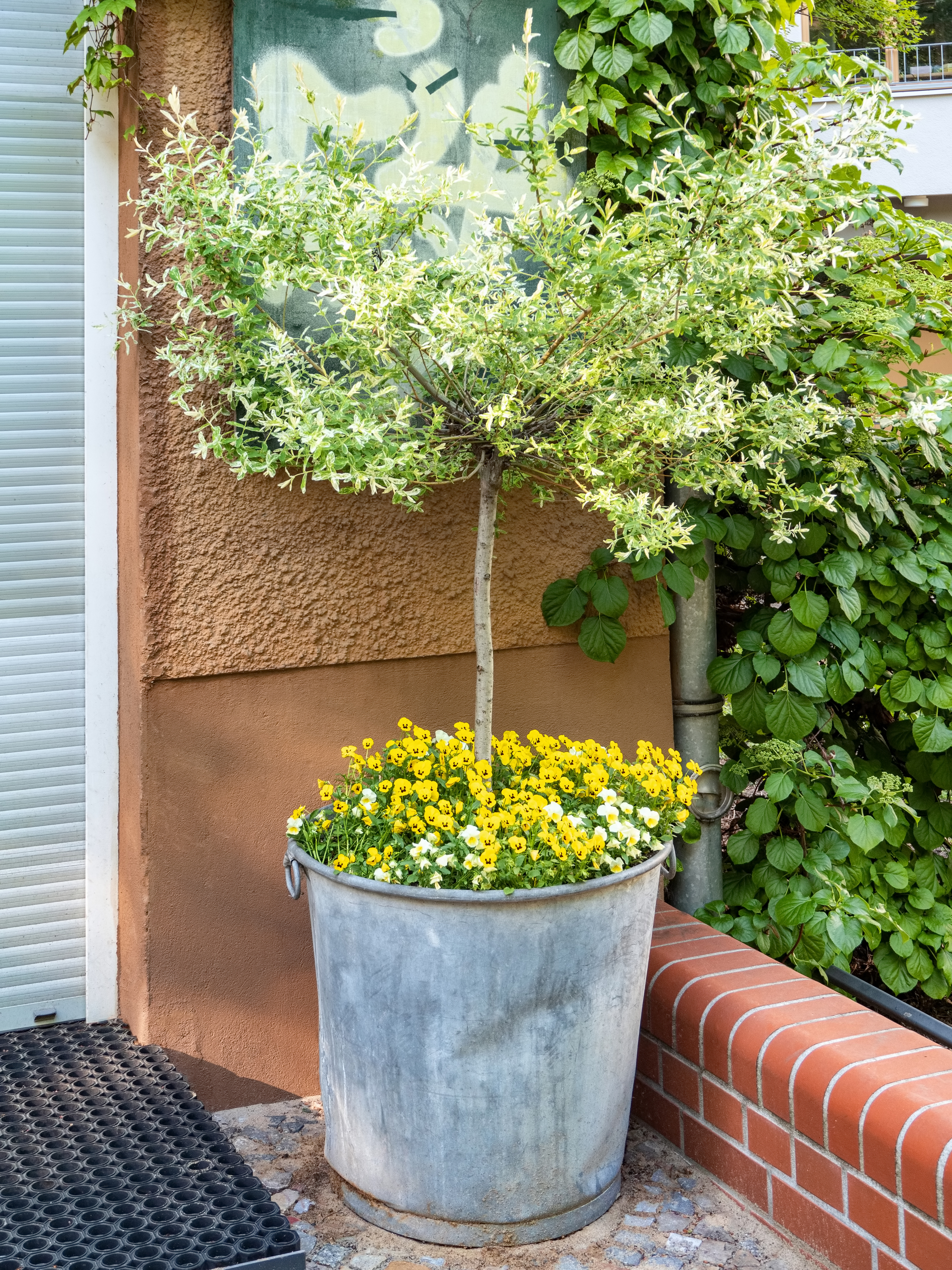
From an aesthetic point of view, there's a lot to love about incorporating underplanting in your container gardening. Where you'd usually just have one small tree or shrub, underplanting allows you to add an entirely new, dense layer of foliage to add more color and visual interest to your small garden.
Underplanting is also a popular technique employed by professional landscapers to add depth to a backyard. 'Creating depth is an important aspect of garden design that can greatly enhance its visual appeal,' says Richa Kedia, gardening enthusiast at Nursery Lady. 'By placing smaller plants in the foreground and larger plants in the background, underplanting can help create a sense of perspective in a garden.'
Be The First To Know
The Livingetc newsletters are your inside source for what’s shaping interiors now - and what’s next. Discover trend forecasts, smart style ideas, and curated shopping inspiration that brings design to life. Subscribe today and stay ahead of the curve.
Besides this visual technique, there's the simple fact that underplanting helps fill in gaps in your planters so that your eyes aren't met by a layer of bare soil at the rim of the pot. 'Smaller plants can add a pop of color and texture to your garden, filling in empty spaces and creating a more natural, layered look,' says Reese. 'They can also help to soften the harsh edges of larger trees and shrubs, creating a more harmonious and visually pleasing garden.'
2 large wooden planters, Amazon
These large wooden planter boxes from Amazon are perfect for underplanting with an array of colorful blooms below a taller tree or shrub. The dark red meranti wood is treated with teak oil for a natural look that will blend beautifully into your backyard and offer the ideal foundation for your floral displays.
Applying this gardening trend to your containers doesn't just look pretty, it comes with a host of practical benefits as well, one of the most important being weed suppression. If you find that bindweed, dandelions, and other common intruders are finding their way into your planters, try purposefully introducing your own perennials instead. 'Underplanting helps to suppress weeds by creating a dense layer of plants that shades the soil and reduces the amount of light that reaches it, making it more difficult for weeds to grow,' Richa notes.
Finally, underplanting can also improve soil health by adding organic matter to the soil. 'As the smaller plants die and decompose, they release nutrients into the soil, which the larger plants can use,' explains Reese. Greater plant diversity is generally a good thing anywhere in your garden, be it your flower beds or your small containers.
How to underplant your containers
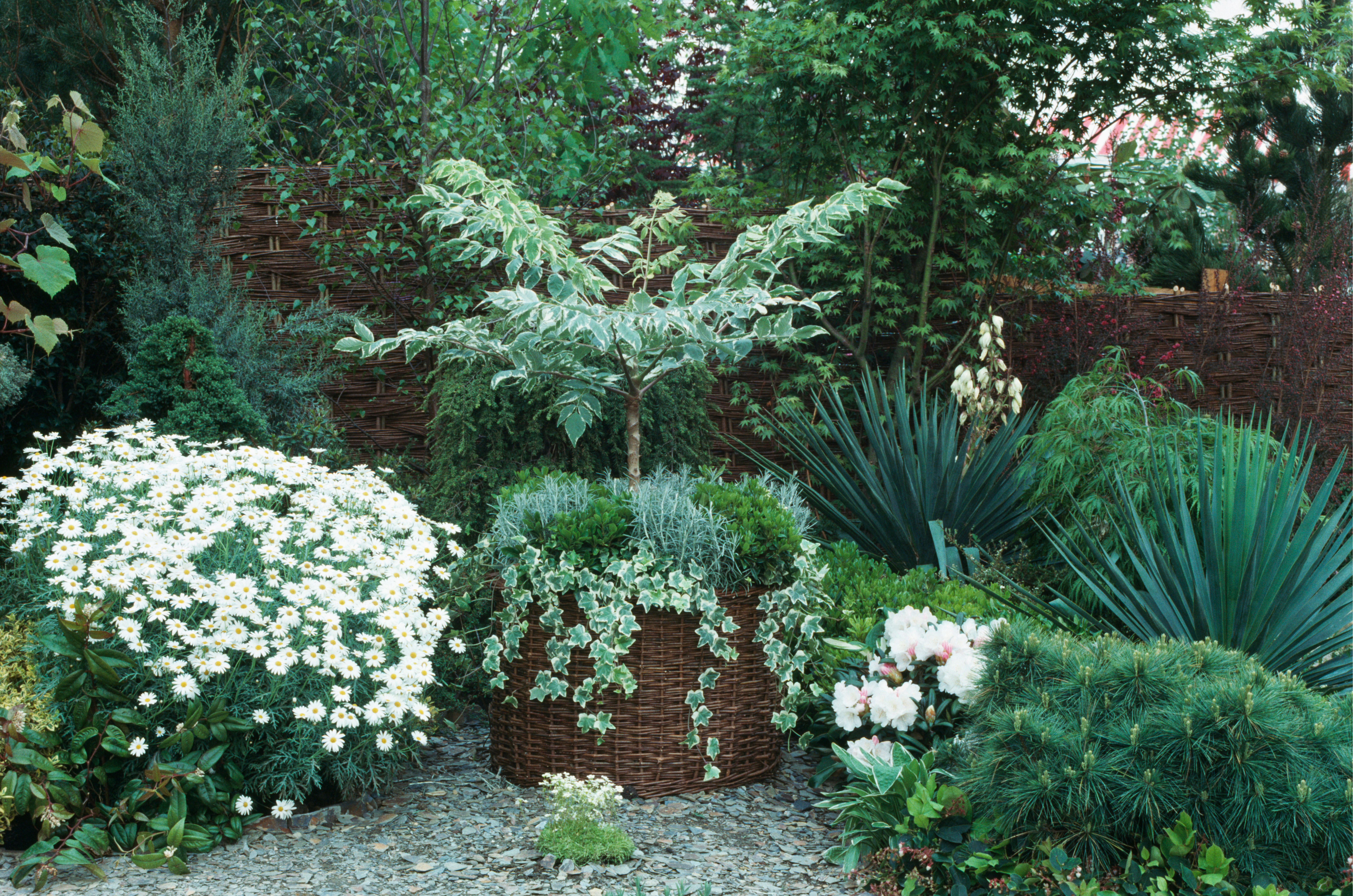
Underplanting is really pretty simple, but the key is to use the correct plants. 'Look for species that are companions of the larger plants above,' says Reese. 'Do not underplant enemy plants as these will compete for the same nutrients and reduce your main plant's productivity.'
If you have a large box tree that takes lots of water, make sure the foliage you use for underplanting will also flourish with a regular watering schedule, such as winter pansies. If you have drought-tolerant plants like lavender, fescue, or fruit trees in pots try using succulents below them instead.
Regardless of what your primary plant is, there will be another plant out there you can use as an underplant, be it grasses, flowers, succulents, or even moss. 'You can also choose plants that have different bloom times, foliage colors, and textures to create a more diverse and visually interesting landscape,' Barry adds. If you want to mask your container completely, consider using trailing plants.
'Once you have chosen your underplanting species, prepare the soil by loosening it and adding compost or other organic matter,' Reese continues. 'Dig holes for each plant, spacing them evenly beneath the larger plants.' It's important to space your underplanted plants appropriately so that there's enough room for them to grow, so avoid overcrowding.
That's all there is to it. Before you know it, you'll have a carpet of pretty foliage in your container for beautiful blooms come spring - and a healthier planter to show for it.
3-piece hand gardening tool set, Amazon
If you're new to gardening, this 3 piece tool set from Amazon is all you need to get started. It includes a lightweight trowel, a hand transplanter, and double-hoe, all of which have an ergonomic grip handle and a hanging hole for convenient storage.

Lilith Hudson is a freelance writer and regular contributor to Livingetc. She holds an MA in Magazine Journalism from City, University of London, and has written for various titles including Homes & Gardens, House Beautiful, Advnture, the Saturday Times Magazine, Evening Standard, DJ Mag, Metro, and The Simple Things Magazine.
Prior to going freelance, Lilith was the News and Trends Editor at Livingetc. It was a role that helped her develop a keen eye for spotting all the latest micro-trends, interior hacks, and viral decor must-haves you need in your home. With a constant ear to the ground on the design scene, she's ahead of the curve when it comes to the latest color that's sweeping interiors or the hot new style to decorate our homes.
-
 5 Bathroom Layouts That Look Dated in 2025 — Plus the Alternatives Designers Use Instead for a More Contemporary Space
5 Bathroom Layouts That Look Dated in 2025 — Plus the Alternatives Designers Use Instead for a More Contemporary SpaceFor a bathroom that feels in line with the times, avoid these layouts and be more intentional with the placement and positioning of your features and fixtures
By Lilith Hudson Published
-
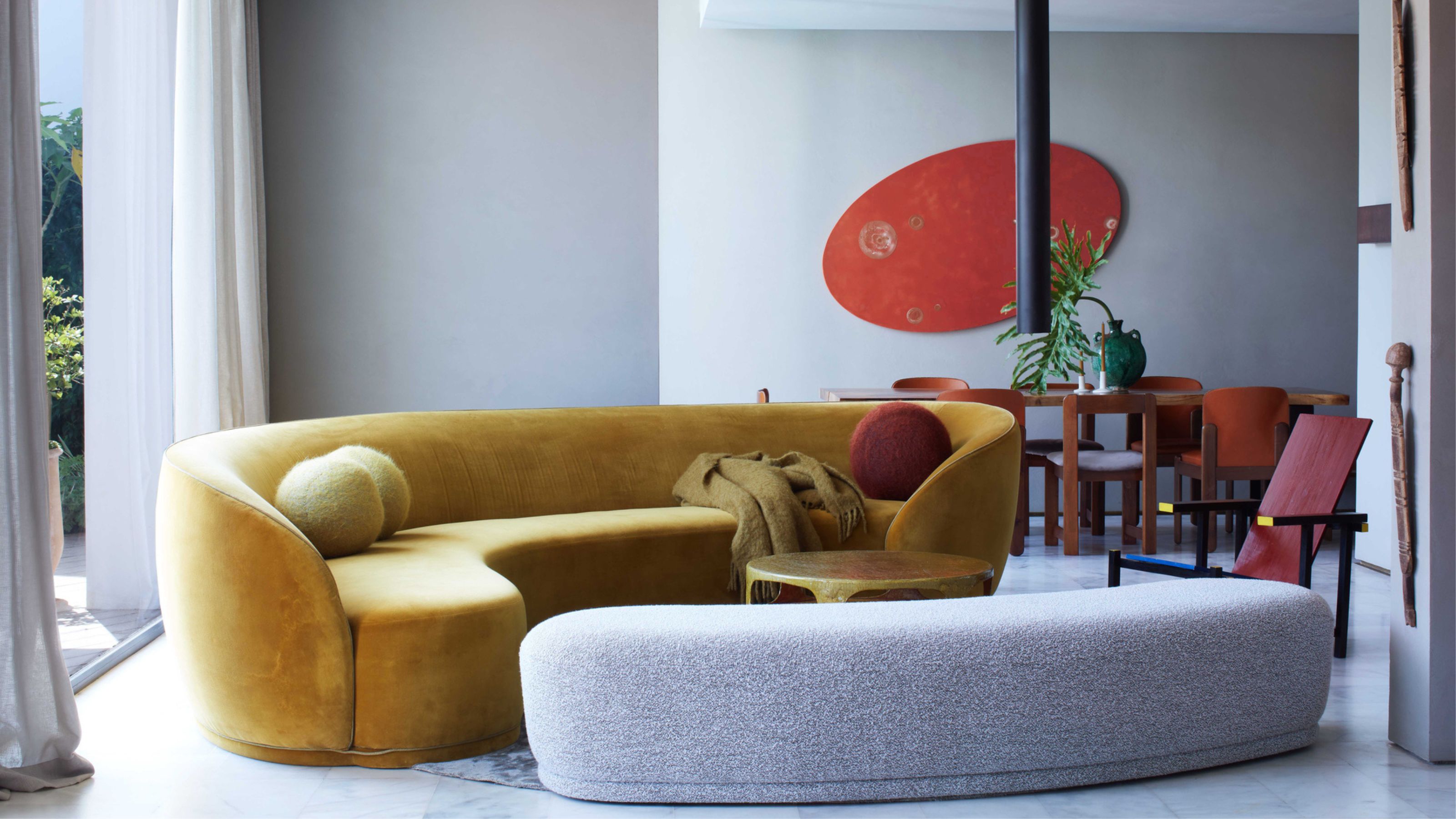 Why Decorating With Mustard Yellow Helps Fill Your Interiors With a Sense of "Confident Calm"
Why Decorating With Mustard Yellow Helps Fill Your Interiors With a Sense of "Confident Calm"There is so much more to decorating with this turmeric-tinted sauce-wiggled-on-a-hotdog not-quite-yellow shade than meets the eye
By Amy Moorea Wong Published
